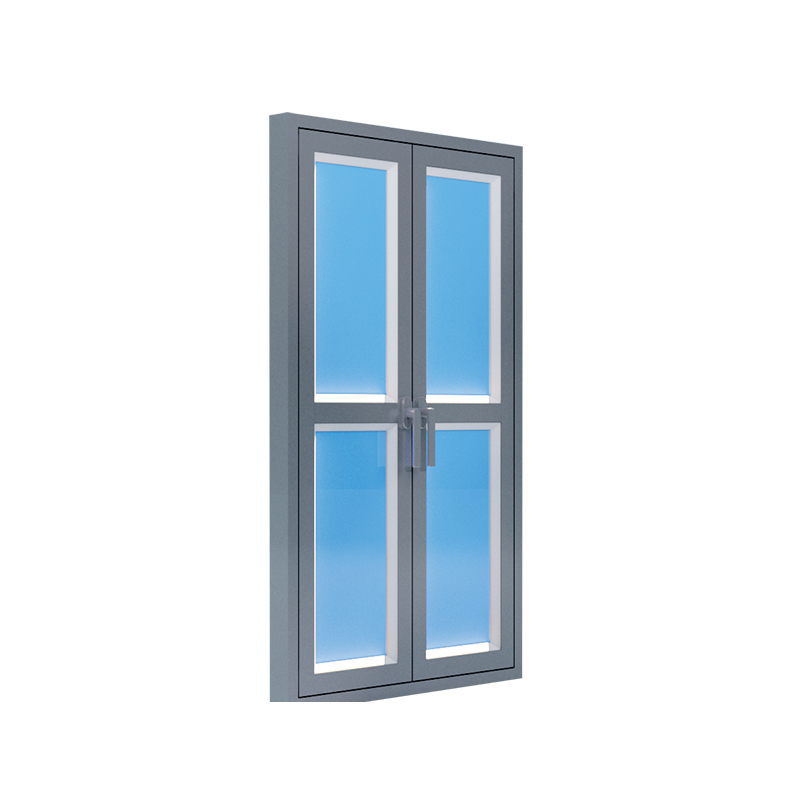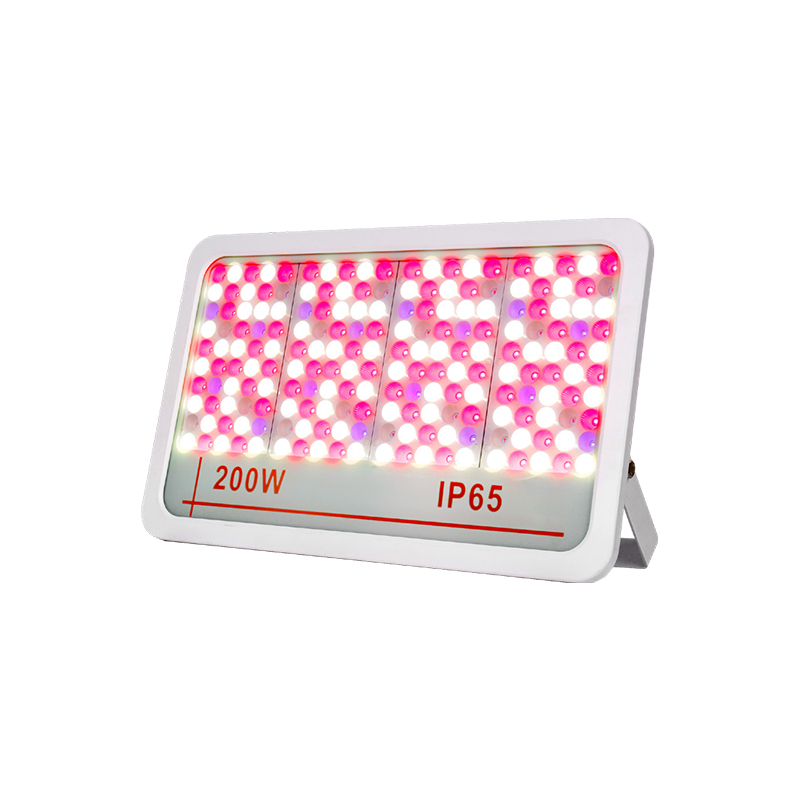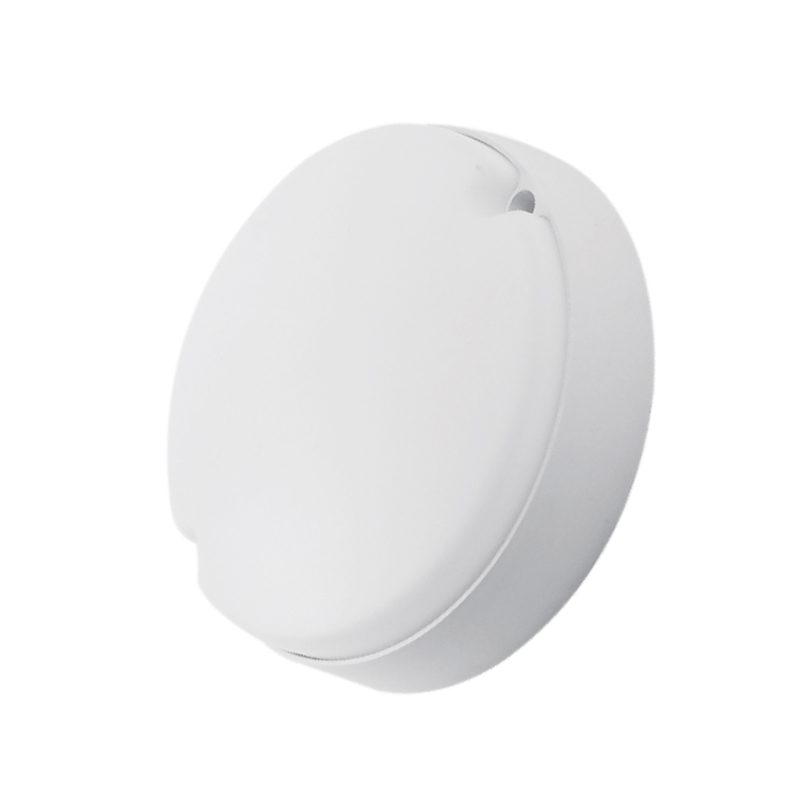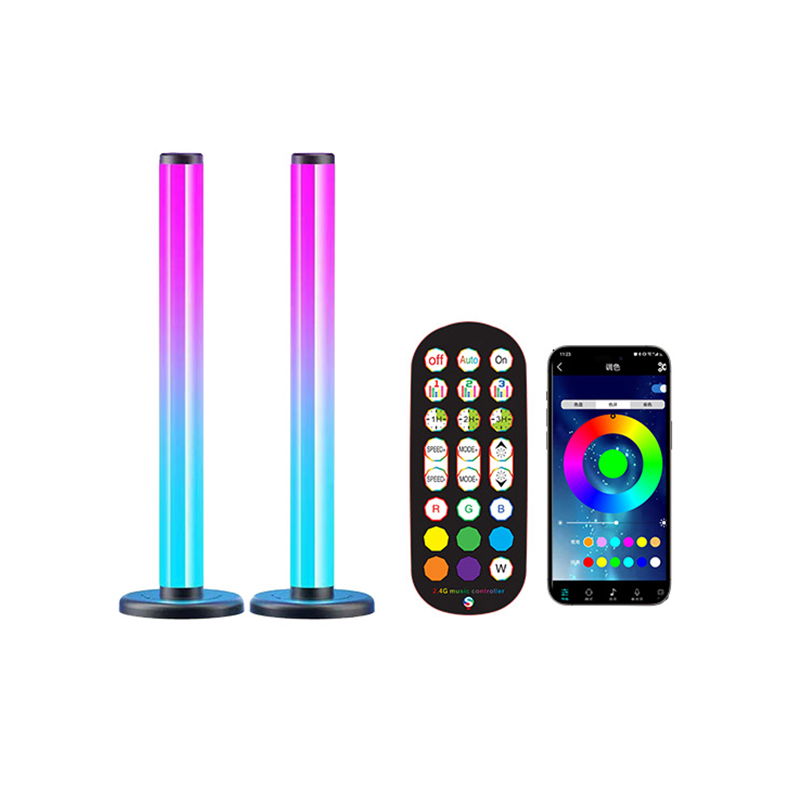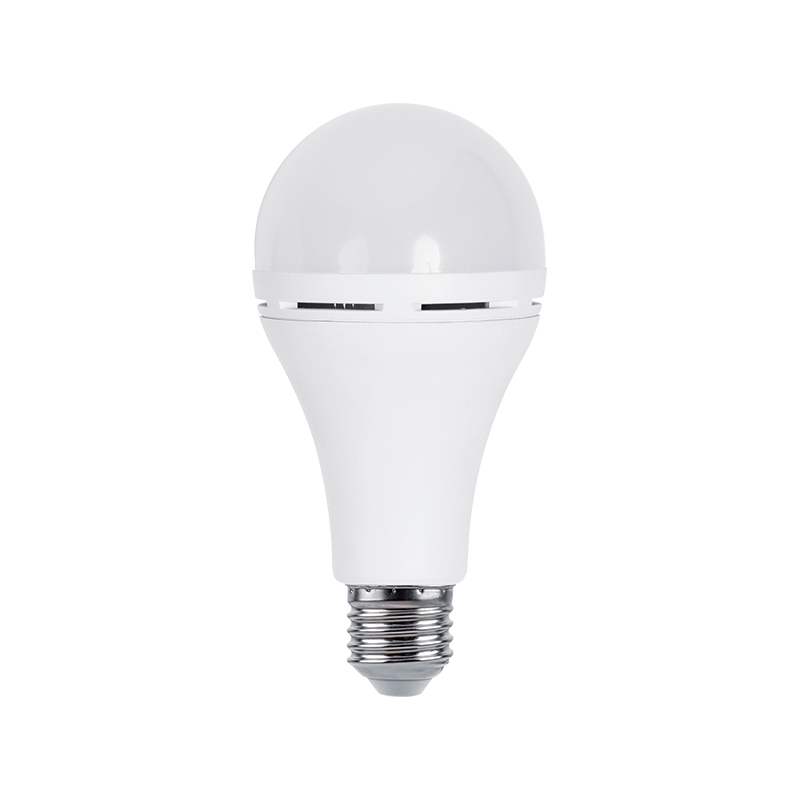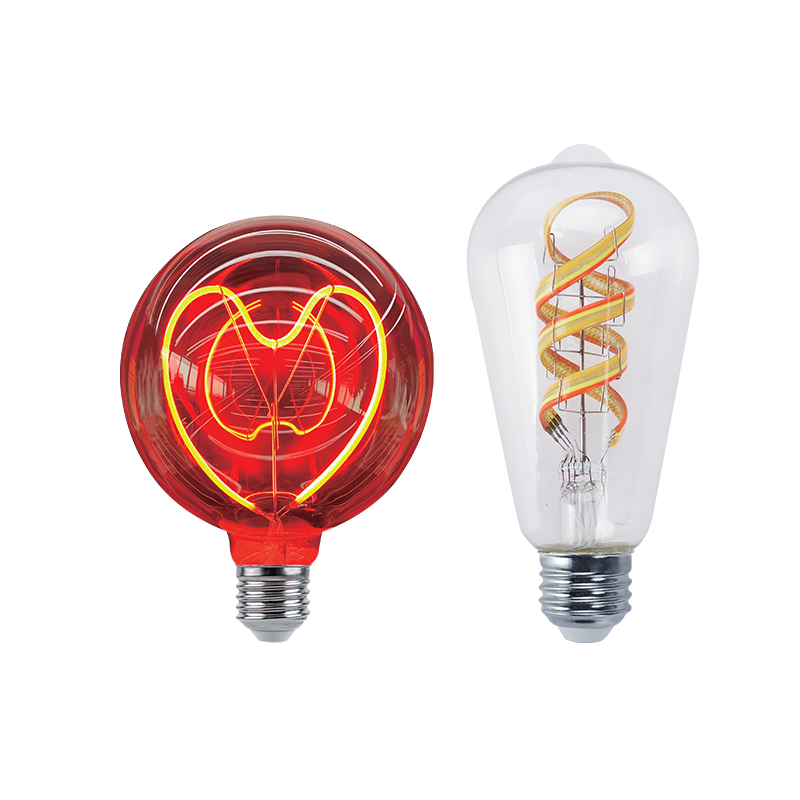We sincerely look forward to establishing a long-term development partnership with you with good quality and professional services.
In the field of modern lighting where energy efficiency is of great concern, T8 LED glass tube stands out with its unique light transmittance and energy-saving advantages. This lighting product that combines glass material with LED light source takes its high light transmittance as its core. On the premise of ensuring the quality of light, it significantly reduces energy consumption and reshapes the standard of energy-saving lighting.
The energy-saving efficiency of T8 LED glass tube is essentially derived from its optimization of light propagation efficiency. As a material with stable optical properties, glass can minimize the loss of light during propagation. Ordinary glass materials have light transmittance properties close to the optical level, and their uniform molecular structure will hardly scatter and absorb light, which enables the light generated by the LED chip to penetrate the tube in a nearly straight path and achieve efficient propagation. Compared with other materials, glass materials have higher surface flatness and controllable light refraction angle, which reduces the waste of light energy caused by refraction loss, thereby maximizing the projection of light emitted by the light source into the target space.
From the perspective of the energy conversion logic of the lighting system, traditional lighting equipment needs to consume a lot of electricity to generate heat to stimulate the light source to emit light, while the LED light source equipped with the T8 LED glass tube has a high electro-optical conversion efficiency and can directly convert most of the electricity into light energy. On this basis, the high-transmittance glass tube further strengthens this advantage, by reducing the attenuation of light during the propagation process, so that the light energy emitted by the light source can be more fully used in the lighting space. This means that when meeting the same illumination requirements, the T8 LED glass tube does not need to rely on high-power output like traditional lighting equipment, but only requires lower power input to maintain the same lighting effect as high-power lamps, thus achieving the energy-saving goal from the source.
The high light transmittance also gives the T8 LED glass tube greater flexibility in lighting design. Designers can make full use of its uniform light projection ability by adjusting the spacing and layout of lamps according to the actual needs of the space, and achieve a more scientific lighting plan. In large commercial spaces or industrial plants, where the uniformity of light is required, this type of lamp can reduce the number of lamps and reduce the overall energy consumption of the system through a reasonable installation plan while ensuring the quality of light. Its stable optical performance ensures that it always maintains efficient light transmission under different environmental conditions, and will not experience a decrease in light transmittance due to changes in temperature and humidity, thus ensuring long-term and stable energy-saving effects.
The energy-saving advantages of T8 LED glass tubes are not only reflected in the initial use stage, but also continue to play a role throughout the product life cycle. The good chemical stability and mechanical strength of glass materials make it not easy to age and deform during long-term use, and can always maintain high light transmittance. This means that the lamp can maintain efficient light output throughout its service life, avoiding the attenuation of lighting effects caused by the decrease in light transmittance, thereby reducing energy consumption and resource waste caused by replacing lamps. In addition, its compatibility with intelligent control systems further enhances the energy-saving potential. Through dimming, sensing and other functions, the lighting intensity can be dynamically adjusted according to actual needs, realizing on-demand energy supply, and further optimizing energy utilization efficiency.

 English
English Español
Español Deutsch
Deutsch